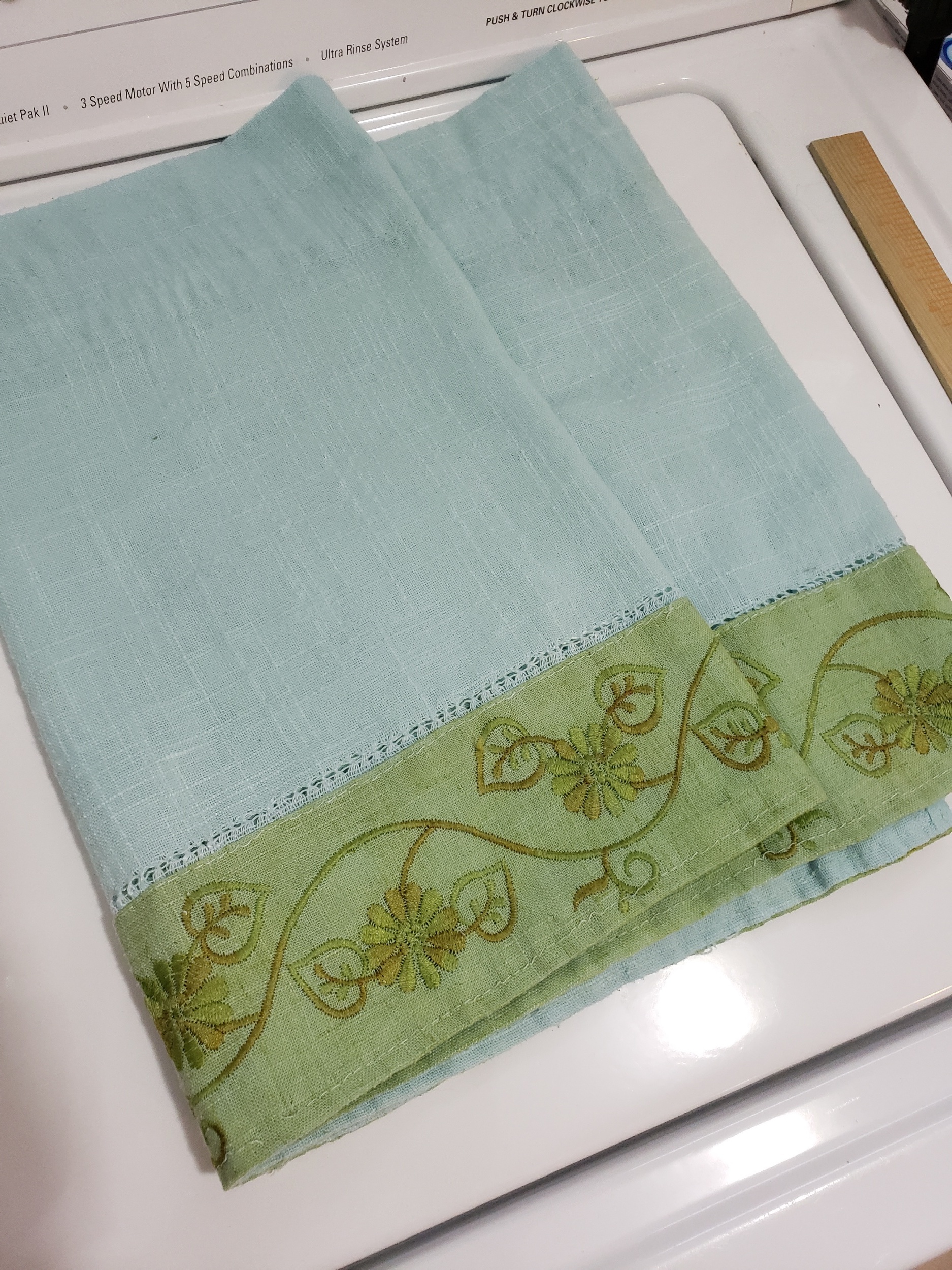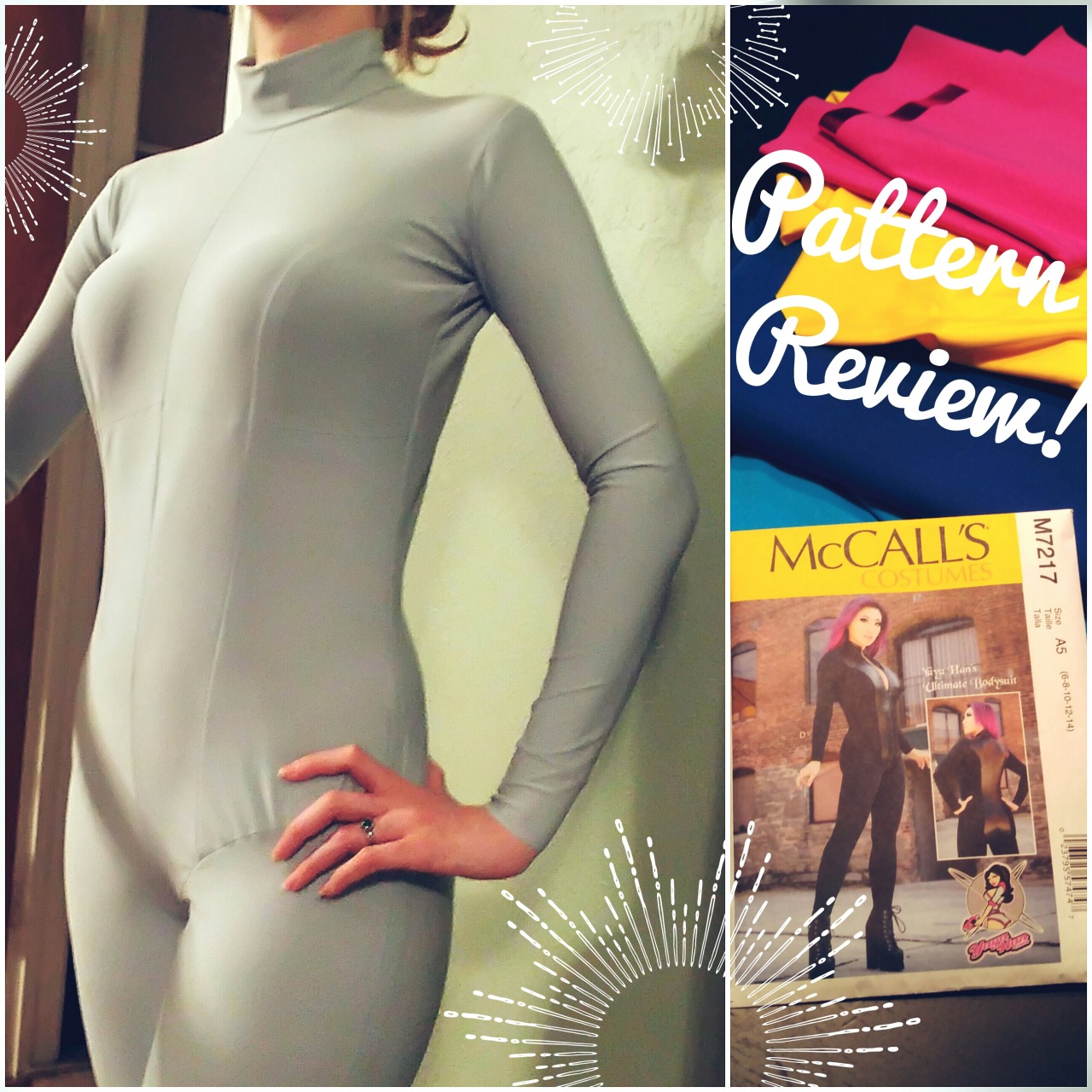Today I’d like to talk about a crafting technique that I myself am still learning. Recently, I’ve started working with wool and silk to create new fabric through a method called nuno felting, which results in some stunning organic felt pieces. My Flower Elf costume design (pictured below) heavily relied on this technique.
From Wikipedia:
“Nuno felting is a fabric felting technique developed by Polly Stirling, a fiber artist from New South Wales, Australia, around 1992. The name is derived from the Japanese word “nuno” meaning cloth. The technique bonds loose fibre, usually wool, into a sheer fabric such as silk gauze, creating a lightweight felt.”
In simpler terms, felting is a process of taking loose fluff and compressing it together to form a cloth. Sheep’s wool is the most popular choice, but many natural fibers will felt — including alpaca, angora, human hair (think dreadlocks), and cat fur.
You can incorporate some other materials, such as silk or lace, into the feltmaking process. Although these materials don’t felt on their own, the wool fibers will bond to the silk (or other open weave fabrics) to assimilate them into the new fabric. This also makes the fabric stronger than it would be without them.
Photo by Joseph Chi Lin. Makeup by David Ian Grant. Wig sponsored by Arda Wigs. Costume designed, made, and worn by me.
The finished felt created with this method is incredibly lightweight and soft. The material is slightly malleable and can be stretched around forms to create complex curves, giving it many exciting possibilities for crafting and design.
Stuff to check out:
As a part of the Amazon Influencer program, purchases made from these direct links will support this site.
Felting On Chiffon
Here’s an overview of the basic steps that go into creating a piece of nuno felt. This blog will focus more on the design decisions that yield various results, rather than the technical details of the felting process. I recommend looking at tutorials from more experienced felt-makers for that info, since this is more of a record of my beginner experiments.
Materials
I’m using two-tone silk chiffon and solid merino wool roving from Ashland Bay, in the color Garden Ivy. For nuno felting, you need some type of very thin silk (or similar) base fabric and a raw fiber (roving) that can felt.
Laying the Roving
The wool roving is laid out in deliberate rows. After the first layer is applied, a second layer should be oriented perpendicular to the direction of the first layer. Alternate directions as you add layers.
Wet Felting
The actual felting process uses water and soap to compress the fibers together and form a cloth. Wool shrinks with water and heat. In nuno felting, it grips into the silk (or other base cloth) which shrinks with it.
Techniques
For this project, my goal was to create a dress that would have an intriguing, otherworldly, organic texture. To create the felt pictured here, I used two layers of green roving over a color-shifting silk chiffon. As you can see, I only laid wool over the upper portion of the fabric, leaving a large section of unfelted silk at the bottom. When the wool shrinks, it will gather the silk into a ruffled flounce which will become the skirt portion of the dress. Read on for what that looks like.
Next, we wet felt. There are countless ways to approach this, and I watched a dozen or more video tutorials before combining them into my own attempt. If you’re serious about getting into felting, it’s worthwhile to look at lots of different resources and take what you can from each of them. The basic requirements to create felt from wool are: heat, moisture, and agitation. This is the same principle that makes wool sweaters shrink if you put them through the washer and dryer.
To shrink and felt the fiber, I carefully laid a mesh fabric over everything and soaked it in hot soapy water. I spent a few minutes using my hands to massage the surface and make sure that the water had fully penetrated all layers. After pressing all the wet fiber together by hand, I began agitating the fibers to bind them together.
My felting setup consisted of a base layer of rubber shelf liner (many people use bubble wrap), with the silk and wool arranged on top of that, and the mesh protective layer on top. I carefully rolled all layers around a large wooden dowel so that it looked like a big wet mushy scroll. Then, I rolled the whole thing on my table hundreds of times while pressing down on it with the weight of my upper body.
“Shocking” the fibers by alternating soaking it in hot vs cold water is another effective step. I did this in my sink, as pictured below. This locks the fibers together more tightly as they open and close in response to the changing temperature.
Finally, the surface texture is brought out by “throwing” the felt down against a folded towel on your work surface repeatedly. This can shrink the felt asymmetrically, so be sure to check your work every now and then to make sure you don’t take it too far. This was the most fun part for me, and it really brings out the unique character of the felt.
Results
The finished fabric is a highly textured silk-and-wool hybrid that can be manipulated around a dress form while wet. The extra silk at the bottom functions as a ruffle that will become a part of the skirt in the final costume.
In this picture you’re looking at the silk side of the fabric, but either side is usable depending on the look you’re going for. You can also apply wool to both sides of the silk if you prefer.
I love the unique, unpredictable nature of this medium. Although you can have some idea what to expect, there’s an element of spontaneity to each piece you make. No two pieces will come out exactly the same, and the fun is in embracing the variety.
Designing with Fiber
One of my favorite aspects of feltmaking is the ability to incorporate colorful designs directly into the surface of the cloth. The piece below was created by laying long tufts of purple roving down onto a base layer of green. I also used some loose strands of silk thread, which crinkled up dramatically when felted. The swirly, soft transitions and wrinkled texture are a natural result of the felting process. The fiber seems to float along the surface of the water and settle into smooth shapes.
Here’s the same piece during vs after the wet felting process. As you can see, the extra silk along the edges contracts into a kind of organic ruffle. In these images, you’re looking at the wool side of the fabric.
While building this dress, I experimented with different color combinations between each layer of wool. It turned out that each layer was mostly opaque, but the final pieces still had subtle color variations depending on what order I applied the felt.
Creating imagery
With the piece below, I was attempting to create a sort of basic picture directly onto silk. In the first two photos you can see my dry design, pre-felting. I used a variety of colors of hand-dyed merino wool, as well as silk threads and wool yarn. As the felting progressed, the material began to shrink, creating the extreme crinkle texture seen in the last photo.
As an experiment this was interesting — see how squiggly the dark green yarn became during felting? That’s a neat indicator of how much the material shrinks and moves during the agitation stage.
That said, I don’t really like the look of this finished piece. If the same vine and flower design were applied to a solid wool background, it could have shrunk more uniformly and created a clearer image in the final results. I think I will try that next time, and call this one a learning experience.
Utilizing Pattern Shapes
Although the results of felting are somewhat unpredictable, it’s still useful to strategically plan your pattern pieces. You can do this by cutting your silk into certain shapes — a skirt, a sleeve, etc. Keep in mind that it will shrink when felted, and that the shrinking process is somewhat irregular.
Here’s an example of a skirt flounce I made for my Flower Elf costume. Most of the other felt shapes I made for this costume were triangular, which tend to have a flattering drape. These are the kinds of deliberate design decisions you can make in your approach, while still embracing the element of chance.
More Stuff to Check Out:
As a part of the Amazon Influencer program, purchases made from these direct links will support this site.
Putting it all together
To complete this costume, I stitched my felt together by hand and added some extra crocheted and embroidered details. More experienced felt artists will often create whole garments from single, unbroken pieces of felt. I haven’t reached that skill level yet, but there’s still plenty to learn and try as a beginner.
See more photos of my finished project on the Flower Elf costume page.
For more felting product recommendations, check out the felting list on my Amazon page.
Photo by Joseph Chi Lin. Makeup by David Ian Grant. Wig sponsored by Arda Wigs. Costume designed, made, and modeled by me.
This is just the start of my felting experiments. Stay tuned for more felt projects and techniques as I try new things!










